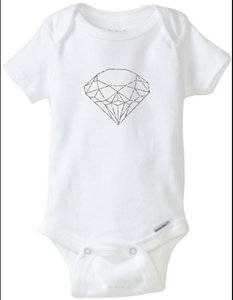Hello PSers, I have been reading and learning a lot from all of the posts here and wanted to ask a possibly silly question but I figured, why not?
I have been recently very enamored with OECs and wondered since it is an older cut, where do most of the stones come from? I see IG posts and stories and sometimes, the sellers have quite a number of stones that are OMC or OEC.
TIA!
I have been recently very enamored with OECs and wondered since it is an older cut, where do most of the stones come from? I see IG posts and stories and sometimes, the sellers have quite a number of stones that are OMC or OEC.
TIA!








300x240.png)